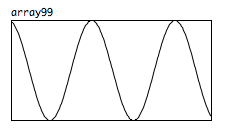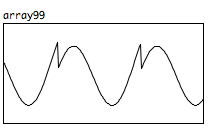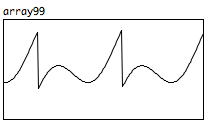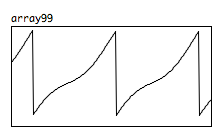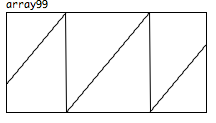Been searching for this and can't find a solution:
How can one have a "morph" knob that blends between multiple waveforms? This is commonly used in Moog synths to give a constant morphing between oscillator types. Importantly, this should then be modulatable with a ctrl/dial or have an inlet for it.
I can't work this one out!



